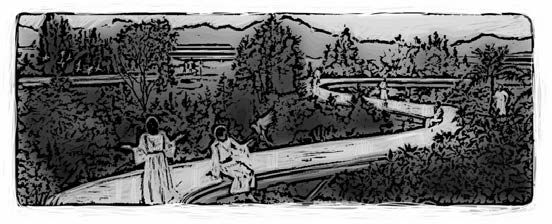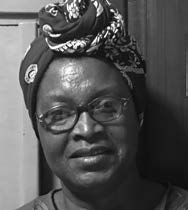Maria Lemos Abel, a Seventh-day Adventist nurse, asked a mother to hold her two-year-old daughter firmly for an injection of penicillin G procaine to treat a bacterial infection. But the mother didn’t heed the instructions, and Maria accidentally jabbed the syringe into her left index finger when the baby jumped in pain at the state hospital in Nampula, Mozambique’s third-largest city.
Following hospital policy, Maria immediately ran blood tests on the mother and baby. In 30 minutes, she had the results: both were HIV positive.
Maria began to cry. She had worked with many HIV-positive patients, and she knew that the virus is transferred easily through blood.
“Lord, help me not to contract HIV,” she prayed.
A hospital physician instructed Maria to take ARV drugs, which suppress the HIV virus, twice a day for the next month. After that, she would have to wait another five months to learn whether she had contracted HIV.
“My heart hurt while I waited,” Maria, a mother of four, said in an interview. “I didn’t know what would happen.”
She also prayed fervently for God to intervene. A half year after the accident, Maria’s results came back negative. She had not contracted HIV.
“I believe that it was an answer from God,” Maria said. “I praised the Lord.”
Three years later, in March 2017, a 30-year-old female patient jumped when Maria made a small incision on a swollen arm. The scalpel cut Maria’s left thumb, drawing blood. Maria ran a blood test on the patient, and it came back HIV positive.
Maria couldn’t believe it. She wept as she took ARV drugs. She prayed as she waited six months to take the HIV test. The test came back negative.
Maria, 51, shares her experience with women hospitalized after sexual assault and recommends ARV drugs and prayer.
“I say, ‘God saved me from something that wasn’t my fault, and He can also save you from something that wasn’t [your] fault,’” she said.
At least three women have tested negative after following Maria’s advice. Two were sexual assault victims, and the third was a nurse accidentally exposed to HIV at the hospital.
“It is a miracle that I have never contracted HIV, and I tell others about the power of prayer and the Lord,” Maria said.
Part of this quarter’s Thirteenth Sabbath Offering will help open an orphanage for children who have lost their parents to HIV and AIDS in Nampula, where Maria works. Thank you for your mission offering.

